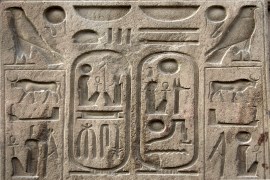Collections | Livre | Chapitre
Icon and abduction
situatedness in Peircean cognitive semiotics
pp. 301-313
Résumé
Differently from the anti-cartesianism defended by some embodied-situated cognitive scientists, which is predominantly anti-representationalist, for C. S. Peirce, mind is semiosis (sign-action) in a dialogical form, and cognition is the development of available semiotic material artifacts in which it is embodied as a power to produce interpretants (sign-effects). It takes the form of development of semiotic artifacts, such as writing tools, instruments of observation, notational systems, languages, and so forth. Our objective in this paper is to explore the connection between a semiotic theory of mind and the conception of situatedness and extended mind through the notions of iconicity and abductive inference, taking advantage of an empirical example of investigation in distributed problem solving (Tower of Hanoi).
Détails de la publication
Publié dans:
Magnani Lorenzo (2014) Model-based reasoning in science and technology: theoretical and cognitive issues. Dordrecht, Springer.
Pages: 301-313
DOI: 10.1007/978-3-642-37428-9_17
Citation complète:
Atã Pedro, Queiroz João, 2014, Icon and abduction: situatedness in Peircean cognitive semiotics. In L. Magnani (ed.) Model-based reasoning in science and technology (301-313). Dordrecht, Springer.










